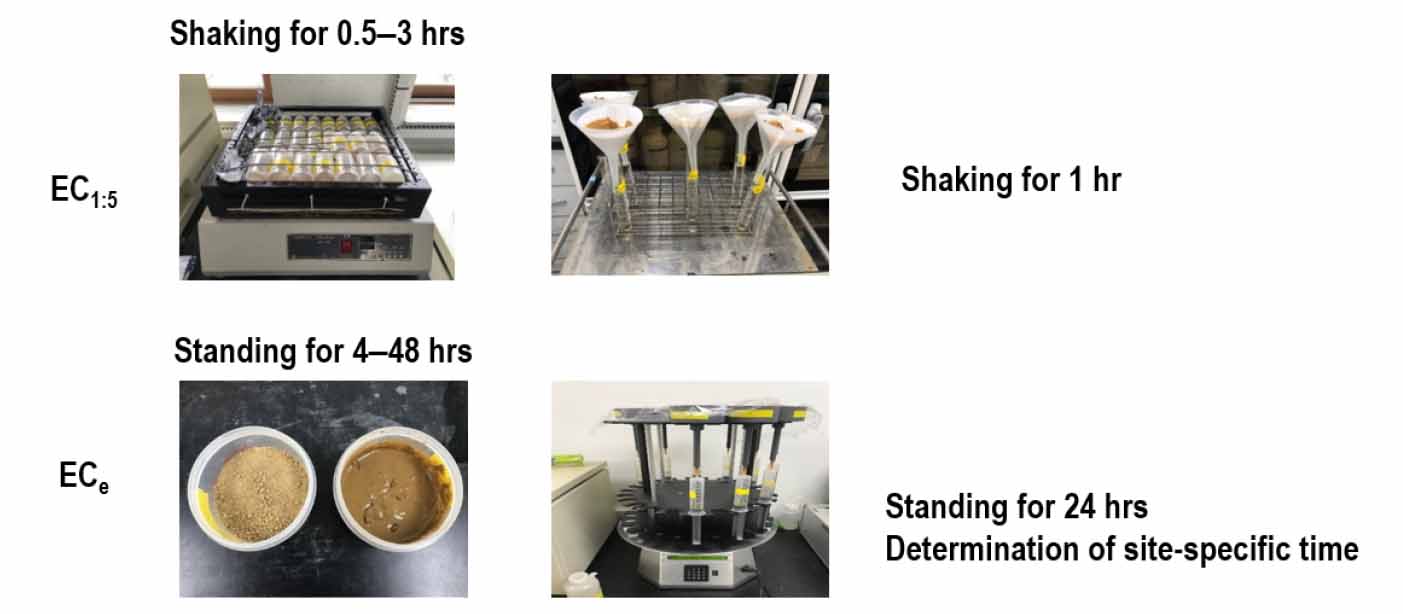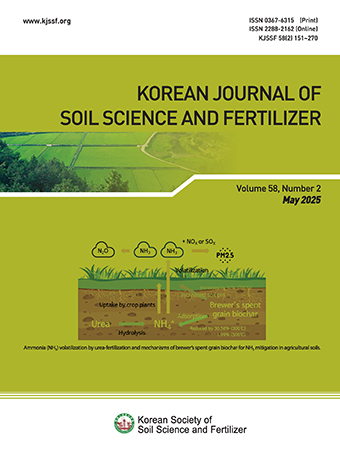Short communication
- Publisher :Korean Society of Soil Science and Fertilizer
- Publisher(Ko) :한국토양비료학회
- Journal Title :Korean Journal of Soil Science and Fertilizer
- Journal Title(Ko) :한국토양비료학회 학회지
- Volume : 54
- No :2
- Pages :257-263
- Received Date : 2021-05-17
- Revised Date : 2021-05-24
- Accepted Date : 2021-05-24
- DOI :https://doi.org/10.7745/KJSSF.2021.54.2.257




 Korean Journal of Soil Science and Fertilizer
Korean Journal of Soil Science and Fertilizer








